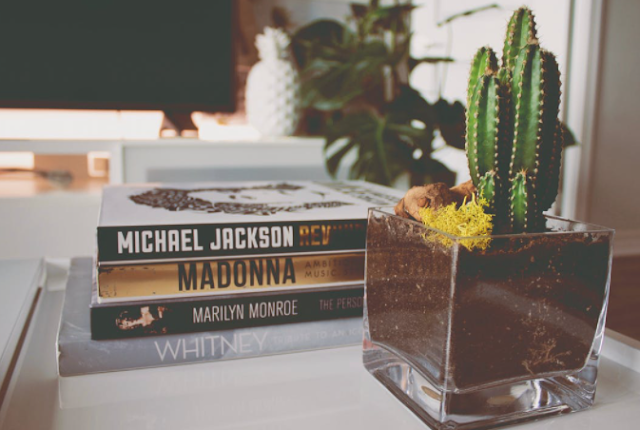That's the blog for houseplant obsessed! Indoor Gardening is an activity that has plenty of benefits for our health. We can get in touch with nature through it and it can be fun to explore new plants. It is an effective way to boost our mood being outside in the sunshine and fresh air. Gardening can help reduce our daily routine stress when something weighing heavy on our minds. Moreover, It can bring us joy. Through gardening, we can get some fresh vegetables or fruits. Furthermore, it can beautify our lawn or garden which is very eye-catching. So basically it is an opportunity for people to try new things about healthy and organic food we can get from our garden which requires patience. indoor houseplants can give us off-season pleasure. we have some different care measures in all seasons
Make sure to decide what to plant and must have the proper tools for Indoor gardening. It doesn't matter if you have a small space but you love greenery. You can grow amazing plants indoors too which is very eye-catching. Furthermore, it can improve air quality. In indoor Gardening I prefer cactus. It is a plant member of the Cactaceae family. Let's have a look at how plants add color, warmth, and texture to home!
indoor plants care: Humidity and temperature play a great role in it whereas proper watering is the most important component. Before selecting a plant you must select a place where to put it. For example, what kind of plant would you like to put in a big spot by a sunny window or a small place with more light. Some of the plants are just seasonal while some bloom the whole year.
watering and overwatering: Watering and overwatering is the main thing you have to take into consideration while starting any kind of gardening. If the soil becomes cracked or dry then it must be time to water. on the contrary, overwatering kills the roots and causes fungus bacteria, etc. while we overwater the plants' young and old leaves start falling off at the same time. so we must be careful about the plants.
Here are some tips for Indoor gardening:
- Light is the primary concern for indoor plants, sun requirements should be kept in mind otherwise your plant may not live long. plants need 4-6 hours of direct sunlight per day.
- Indoor plants should be fertilized every 2-3 weeks. different kinds of plants needs different fertilizers.
- Plants can get coated in a thin layer of dust that can take away their natural beauty so the dust must be wiped off regularly.
- The dead flowers must be removed because they can conserve the energy of the plant.
- preferably, the plants can be kept alive while we are on vacation either moving plants to a shady area or using self watering planters.


Comments
Post a Comment